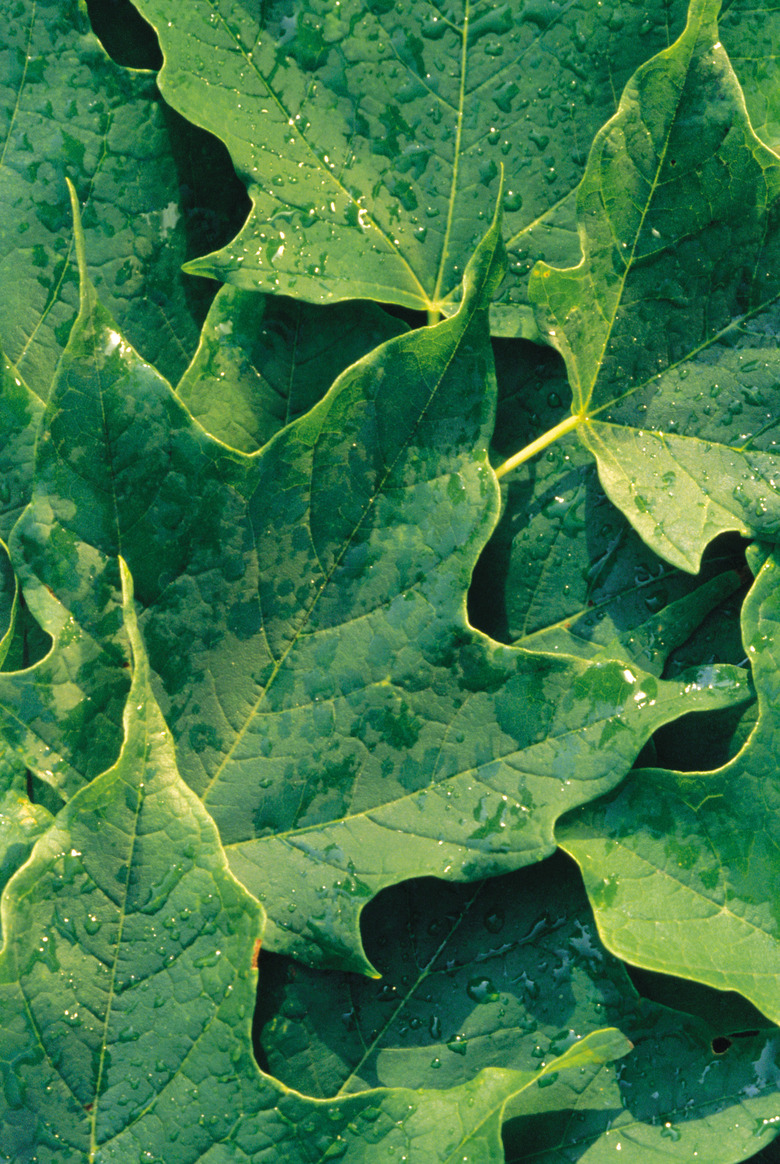Can I Use Maple Board For Outdoor Furniture?
Natural resistance to decay and insects makes some types of wood especially well suited for use in patio furniture and other outdoor structures. Unfortunately for lovers of maple wood, that natural resistance isn't a characteristic of maple, a hardwood that is otherwise an excellent choice for furniture construction. It's best to choose more suitable woods for outdoor furniture and leave the maple inside.
Chemical Decay Resistance
The heartwood of some tree species contains chemicals, called extractives, that provide a natural resistance to both decay and wood-destroying insects, such as termites. A tree's heartwood is the dark inner wood that isn't alive but supports the trunk. The extractives in heartwood are compounds of oils, resins, tannins and polyphenols, and the extractives in wood, such as cedar, are the chemicals that give the wood its unique aroma. These chemicals are also deadly to most decay-producing bacteria and may repel termites. Maples are among the tree species that do not produce significant amounts of extractives.
Physical Decay Resistance
Some tree species have physical adaptations that help stop decay. In some wood, structures, called tyloses, help keep the wood dry and, consequently, slow the progression of rot. Tyloses are membranes that develop within the vascular structure of wood as it dies and is transformed into heartwood. These membranes block the vessels in the wood, making it impermeable to water. Since decay-producing bacteria prefer a moist environment, they are less likely to thrive in heartwood where tyloses are present. Again, maple is not a species in which tyloses help increase its resistance to deterioration.
Good Outdoor Woods
Many woods are much better suited than maple for use in outdoor furniture. Cedar and redwood are well known for their decay resistance, and white oak is a good outdoor wood thanks to its natural resistance to water. Old growth cypress is also resistant to rot and insects although harvesting the wood is a controversial environmental issue. Black locust, on the other hand, is a fast-growing species that is naturally resistant to pests. Among exotic species, teak and eucalyptus handle exposure to the elements well.
Better Uses for Maple
Maple is an attractive hardwood with a fine grain. It is dense and resilient, and it wears well. Its light color is appealing in its own right, but the wood stains well and can be colored to resemble darker woods, such as walnut and cherry. Because of these characteristics, maple is a good choice for indoor furniture that needs to be durable but relatively inexpensive.
